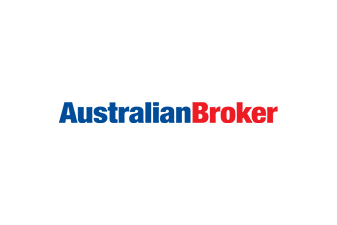Will the metaverse soar in 2023? What impact will the downturn have on marketing budgets and effectiveness? Are marketers prepared for the final demise of cookies? Can attention really flick the switch away from linear TV to BVOD? Will environmental ethics finally come to the advertising supply chain? Can we assume consumers will even trust brands enough to share data in the face of this year’s cybersecurity attacks?
It’s about zero-party as well as first-party data.
It’s not just first-party data requiring attention. Many point to zero-party, or consent-based data, as an ever-critical facet of the value-based data exchange and transparency consumers demand today.
“Brands are looking at new ways for their audiences to willingly share data. But understanding the importance of first-party data is only half of the equation to creating satisfactory customer experiences,” says RMIT Online director of marketing and student acquisition, Anshu Arora. “Having a well-structured and comprehensive zero-party data collection solution in place will go a long way in helping companies bridge this gap in a cookieless world.
Examples of zero-party data from WLTH head of marketing, Marco Zande, include interactive data collection methods such as surveys, polls and calculators. The latter has been used to great effect by the mortgage lending industry to help potential customers ascertain their borrowing capacity.
“Marketers need to make it a win-win transaction,” Zande says. “In exchange for some volunteered information, we can provide leads with useful content such as discounts, newsletters, ebooks and whitepapers.”
Full Article: CMO

